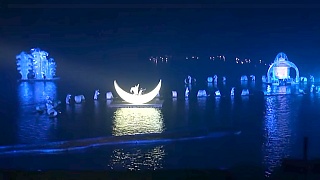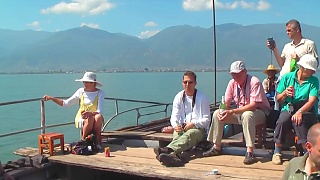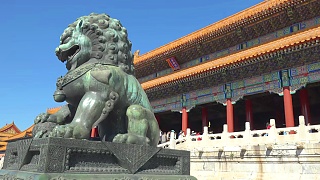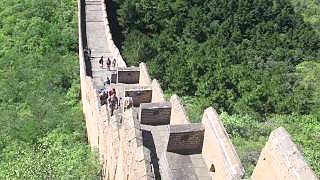China's ancient capital - a 3,600 year-old yet modern city in HeNan province.
With Walk East ...
[640],shadow=true,start=,stop=
Live more ...
 ZhengZhou night walk
ZhengZhou night walkChina's ancient capital - a 3,600 year-old yet modern city in HeNan province.
With Walk East ...
[640],shadow=true,start=,stop=

|
With Middle Kingdom Productions ...
|

|
YangShuo, GuangXi province.
|

|
GuiLin, the Li and YuLong rivers, Elephant Trunk Hill, Ping'An village, and the rice terraces of LongSheng and LongJi, GuangXi province ...
|

|
In October 2008.
Places visited include Green Lake Park in KunMing, the Stone Forest at ShiLin, and DaLi old town.
|

|
See the architectural marvel that is the Palace Museum in the heart of the blue sky city of BeiJing ...
|

|
The US empire employs the same playbook wordwide.
With The New Atlas ...
Including Thailand ...
And Myanmar ...
And Cambodia ...
And TaiWan ...
And China itself ...
|

|
About 2 1/2 hours NNE from BeiJing city center ...
|